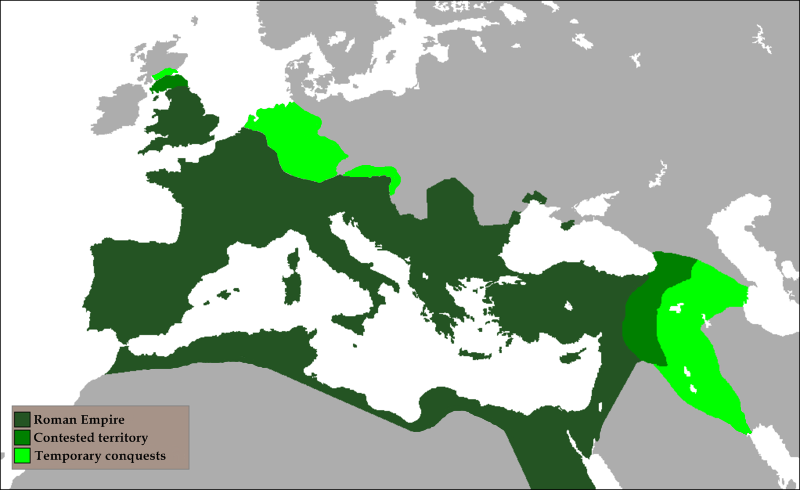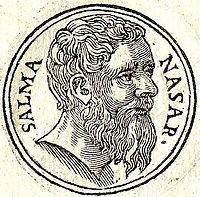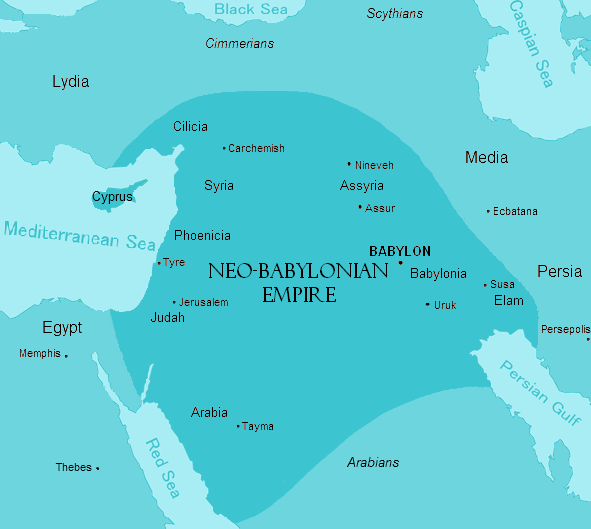The Foreign Ministry has declared that "Israel condemns the Iranian
ambassador to Lebanon's announcement that his country will financially
support Palestinian terrorists and their families."
The official statement explained, "This is additional proof of Iran's
deep involvement in supporting terror against Israel. After the
agreement with the world powers, Iran is allowing itself to continue
being a central player in international terror."
The Iranian ambassador to Lebanon, Mohammad Fateh Ali, recently
announced that his country would pay $7,000 to the family of any
terrorist killed in the recent wave of terror, and an additional $30,000
to any family whose house was destroyed in response. Fateh Ali made his
statement during a press conference in Beirut and further called on
Lebanon too join the fight against Israel, promising: "the martyrs'
blood will release the entire Palestine, from the river to the sea"
Also
today, Defense Minister Moshe Ya'alon (Likud) accused the Islamic
Republic of embedding "sleeper cells" in the US and Europe. He warned
that these cells are gathering weapons and intelligence, and recruiting
new members to carry out terror attacks.
"The Iranian regime through the Iranian Revolutionary Guard corps is
building a complex terror infrastructure including sleeping cells that
are stockpiling arms, intelligence and operatives and are ready to act
on order including in Europe and America," Ya'alon said during an
official visit to Cyprus.
Last summer a Cypriot court convicted a Lebanese-Canadian man of
planning to carry out terror attacks against Israeli targets in Cyprus.
The man belonged to the terror group Hebzollah, which Iran supports.




